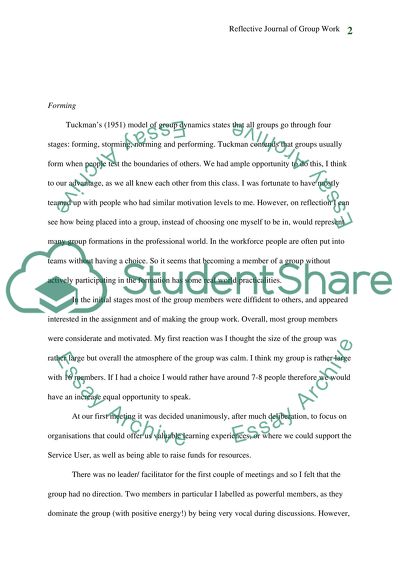Cite this document
(“Practice & Communication In Social Work Essay Example | Topics and Well Written Essays - 2000 words”, n.d.)
Retrieved from https://studentshare.org/social-science/1535554-practice-communication-in-social-work-working-in-groups
Retrieved from https://studentshare.org/social-science/1535554-practice-communication-in-social-work-working-in-groups
(Practice & Communication In Social Work Essay Example | Topics and Well Written Essays - 2000 Words)
https://studentshare.org/social-science/1535554-practice-communication-in-social-work-working-in-groups.
https://studentshare.org/social-science/1535554-practice-communication-in-social-work-working-in-groups.
“Practice & Communication In Social Work Essay Example | Topics and Well Written Essays - 2000 Words”, n.d. https://studentshare.org/social-science/1535554-practice-communication-in-social-work-working-in-groups.


